Wanderlust? More Like Wander-Lost: Iceland in 90s
Iceland went from rugged paradise to TikTok trophy, but real Adventure still exists (if you’re willing to look for it).
Film photography is one of those utterly irrational hobbies. It’s slow, cumbersome, unreliable, and absurdly expensive. Naturally, I’ve embraced it with open arms. At 25 euros for a single roll of 36 exposures, plus development and scanning, it’s basically financial masochism. So, in December, I bought myself an early Christmas gift: a Valoi Easy35, a film-scanning gadget that hooks up to a macro lens and lets you scan 35mm negatives with a digital camera.
I brought it to England over the Christmas holidays to test it on my mum’s archive: tens of thousands of film slides, most from Iceland in the late 80s, 90s, and 2000s. These slides hadn’t been seen in decades – let alone on a big screen. Once I started scanning, I was hooked. Each slide was like opening a portal to the past. The colours were shockingly fresh, the Velvia, Provia and Kodachrome film captured with a Nikon F3 popping with all its trademark greens, blues, and fiery reds. But what struck me more was how Iceland looked wild, raw, and untouched, which, compared to today, feels almost surreal.
I think my mum’s photos are an incredible time capsule, so I’m dedicating a Substack post to them. They were taken during her decades working as a tour guide in the country, and I think they capture an Iceland that’s worlds away from today’s highly curated tourism landscape. These photos show what it felt like to be there at a time when exploration was still about genuine discovery and connection.
I decided to ask my mum some questions about what it was like to experience Iceland during this time. You won’t find many people more passionate than she is about Iceland. She has been travelling there since my grandpa and grandma took her and her three siblings on month-long camping trips there in the 1960s. My grandpa would drive them up as a family from the UK in a Land Rover Defender, taking a passenger ship from Leith to Reykjavik called The Gullfoss with food supplies to last the entire trip. This was a time before there were paved roads on the island, and it was supremely underdeveloped compared to the prosperous Nordic nation it is today.
It pains me to say this: Iceland, like many other destinations, has unfortunately undergone a process of travel gentrification since the early 2010s. It is firmly a magnet for social media posers who are chasing the “wanderlust” aesthetic. It’s the kind of place where wannabe influencers queue up at waterfalls, take identical drone shots of black sand beaches, and post captions about “connecting with nature” while surrounded by fifty other people doing the same thing. On my last trip to Iceland in November, there were plenty of tourists standing with their arms raised and a strategically placed rainbow in front of waterfalls. It’s a kind of shallow tourism that reduces extraordinary places to mere backdrops for personal branding; commodifying places like Skógafoss turns them into aesthetic trophies rather than destinations to truly experience.
“I feel a real sense of loss that Iceland has become so mainstream and so controlled. It’s what mass tourism does to a place, and we see it the world over. But I never thought I would see it in Iceland. And it’s come so quickly, particularly in the last 10 years,” she says.
As a little child, my recollection of Iceland in the late ’80s and ’90s was that it wasn’t just a destination; it was a vibe. And that vibe? Damp. Damp and slightly sulfurous.
Askja: Where Dreams and Swimsuits Go to Die
Let’s start with Askja, a volcanic system so remote it took my mum six hours of driving over terrain best described as “volcanic acne” to get there. Upon arrival, she would guide her tour groups to a warm crater lake. By “warm,” of course, she means “tepid with a side of rotten-egg chic.” It was also a swimsuit-destroying chemical cocktail, so she encouraged people to go in naked.
“I wasn’t forcing anyone,” she clarified. “But if you wore a swimsuit, it would be ruined.” Nothing quite says bucket list adventure like standing naked in a sulfurous lake, wondering if this is how your obituary will read.
Then there were the teenage girls, mortified at the idea of public nudity. These were girls who couldn’t handle communal showers, let alone stripping off in the Icelandic wilderness. But then – plot twist – they had a moment of self-acceptance and went full throttle into the naked crater bath. By the end of the tour, these same girls were skinny-dipping wherever they could. My mum likes to think she taught them something about embracing life.
Tourism Meets Trial by Fire (or Ice)
Then there was the bus; a coach that, under no circumstances, should have attempted the narrow, steep gravel tracks of Iceland’s uncharted wilds. Naturally, this is exactly where my mum found herself, standing outside the bus at 10 p.m., guiding the driver around hairpin bends that looked like a sadistic Norse god had designed them.
When they finally made it off the mountain, it was nearly midnight, everyone was starving, and there was nowhere to stay. The solution? The snowmobile tour guide’s wife. Because Icelandic hospitality in the ’90s apparently included letting 25 strangers camp out on your living room floor.
“She let us cook dinner in her kitchen,” my mum said, casually, as if it’s normal to host a pop-up refugee camp in your house. “Can you imagine that happening now? You’d get slapped with a liability lawsuit.”
The River of Doom and the Art of Being Thrown Into It
Another staple of her tours was rafting down glacial rivers. These rivers weren’t just cold – they could freeze your soul and give you a heart attack. The groups loved it, of course, but there was an unspoken rule: At some point, they would collectively decide to throw my mum into the river.
“They thought it was hilarious,” she said. “I started diving in preemptively.” No wetsuit, no towel..
It’s worth noting that this was the same tour where daredevils would jump off cliffs into the river, wearing nothing but life jackets, and the grim determination of people who’ve decided death by hypothermia is a reasonable trade-off for a good story.
When Tourists Were Delightfully Uncool
As I scanned slide after slide, I noticed something: The people in these photos were… quirky. There’s no other word for it. They weren’t influencers or Instagram-perfect couples in coordinated outfits. They were real people in wool sweaters, anoraks and questionable hiking boots. They camped in the rain, cooked their own food, and didn’t care if their hair looked good.
“They weren’t here for the photos,” my mum said. “They were here for the adventure.” These were people who would skinny-dip in sulfur lakes, jump into freezing rivers, and sleep on a stranger’s living room floor without a single complaint. They weren’t trying to impress anyone, they were just having a fantastic time.
A Country, a Car Park, and a Thousand Selfies
The Iceland of today is a different story. My mum describes it with a mix of nostalgia and mild disappointment: “It’s become so mainstream. So controlled. It’s what mass tourism does to a place.”
Where there were once wild landscapes to hike across, there are now paid car parks. Iceland isn’t just a destination anymore; it’s a product. Like all popular destinations, it’s been shaped by demand, streamlined and simplified for easy consumption.
“They don’t wonder where the rivers come from or where they go,” my mum said. “They just want the photo.”
But adventure isn’t entirely gone. When I asked her if it’s still possible to experience the Iceland she remembers, she said, “Yes, but you have to work for it. There are still places where you won’t see another tourist, but you must be willing to hike or cross rivers and leave convenience behind.”
Bonfires and Battlefield Tours
My mum’s tours weren’t just about the landscapes, they were also about embracing unpredictability. Picture it: waking up in the middle of the night to tents flapping furiously, only to discover a freak gust of wind had sent the kitchen tent hundreds of metres away. Tea and toast? Not happening. But everyone pitched in and helped to avert disaster. Groups also bonded over bonfires and silly games, the kind of games that involved tagging people in the dark until someone inevitably fell into a bush. “We’d play these games for hours,” my mum said. “Nowadays, everyone’s too busy looking at their phones. I’m also guilty of this.”
Maybe Adventure Isn’t Dead, You’re Just Lazy
Looking through all these incredible slides, I realised how much has changed. Iceland in the ’90s wasn’t a commodified, comfortable destination; it was a messy, unpredictable experience and one full of surprises. It was a place where your bus might break down in the middle of nowhere, and you’d end up catching rainwater for tea while waiting for someone to rescue you at three in the morning (yes, that really happened).
Glimpses of that Iceland still exist if you’re willing to look, but the unvarnished, unhurried joy of discovery feels like a relic of another era. It wasn’t about curated moments or perfect pictures; it was about embracing the wild, the uncomfortable, and the unknown.
My mum still thrives in that world, navigating it with a mix of resilience and humour. Last year, she went on a three-month backpacking trip with her sister, journeying from Colombia to Baja California, and she’s about to set off on another adventure to Ethiopia and Tanzania. Inspired by our recent scanning sessions, she was so impressed with the Valoi Easy35 that she bought one for herself, along with a Nikon Z8 and a couple of lenses. I suppose I’m a bad (or good) influence on her.
Those wool-jumper-wearing, sulfur-lake-swimming days might be gone. However, the spirit lives on in these photos and her approach to travel, a reminder that it can still be about discovery, connection, and embracing the unknown, far beyond the curated world of social media, but just have some imagination.
You’ve Made It to the End
Thank you for reading! Your feedback and support so far have been incredibly encouraging, a big thanks to everyone who’s subscribed. If you’re enjoying this, please do share it with a friend or drop me a message. More stories to come soon – stay tuned!
Feel free to follow Cathy Harlow (my mum) on Instagram – she’s just getting started but already has some incredible shots to share. Her adventures are well worth following.




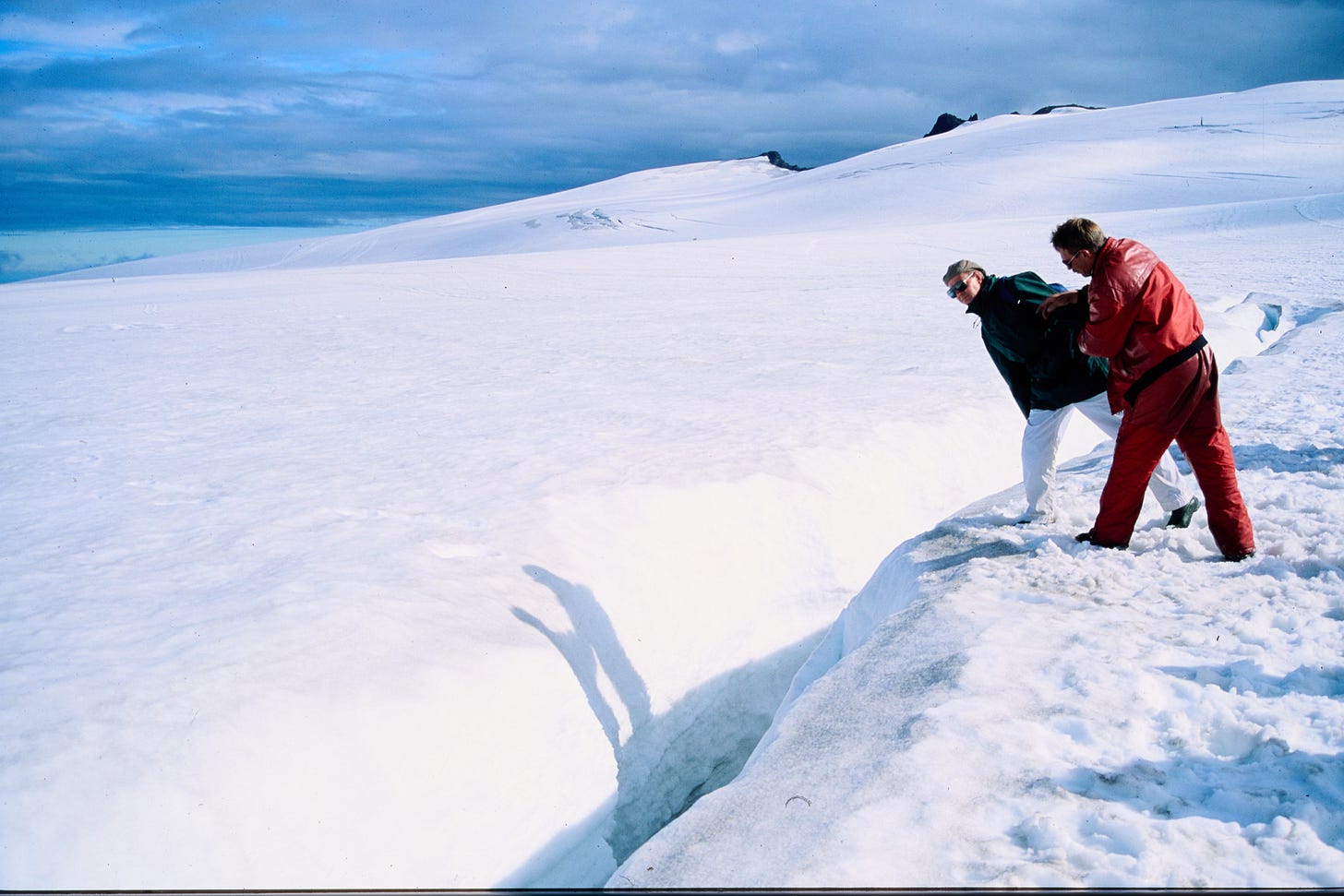




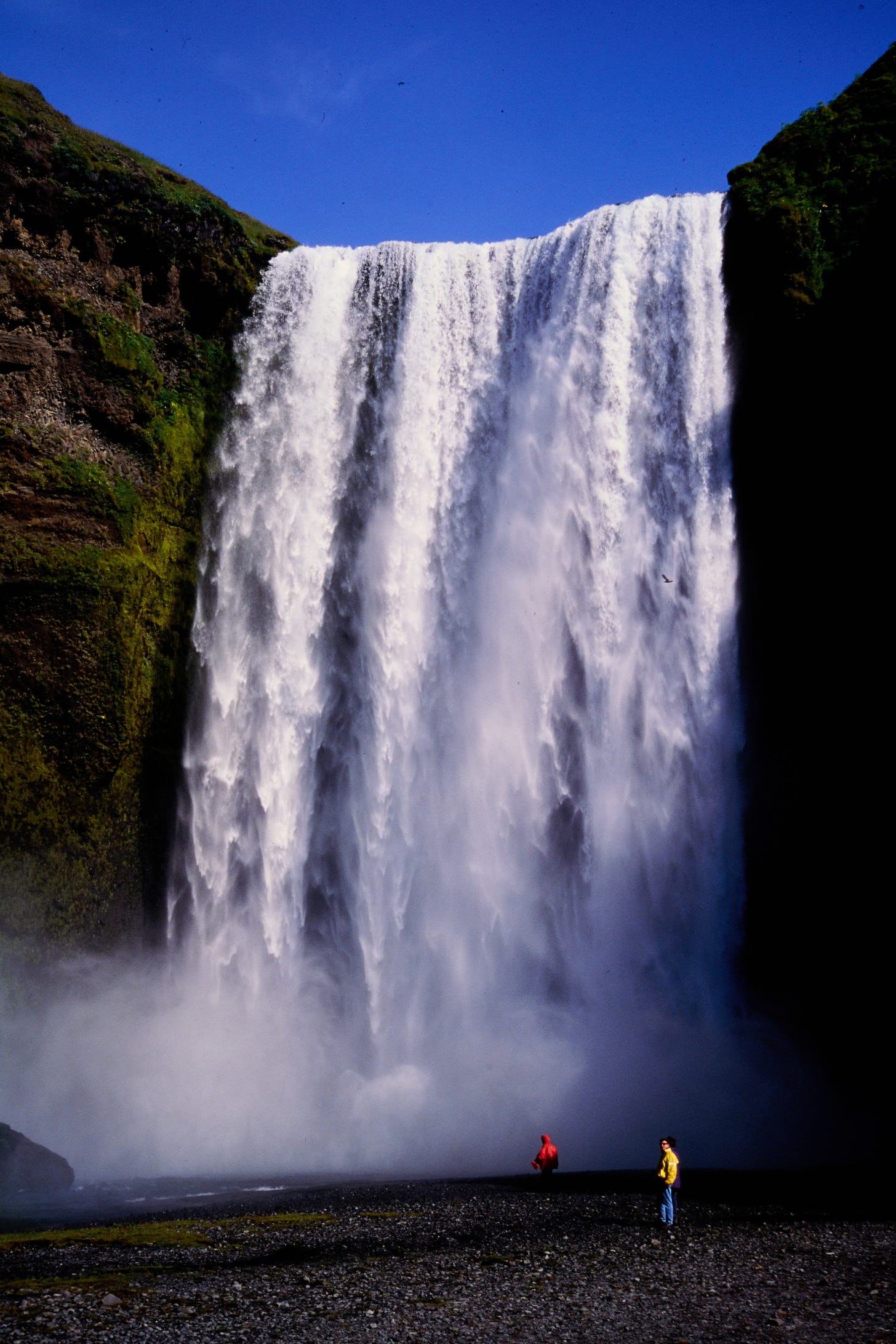

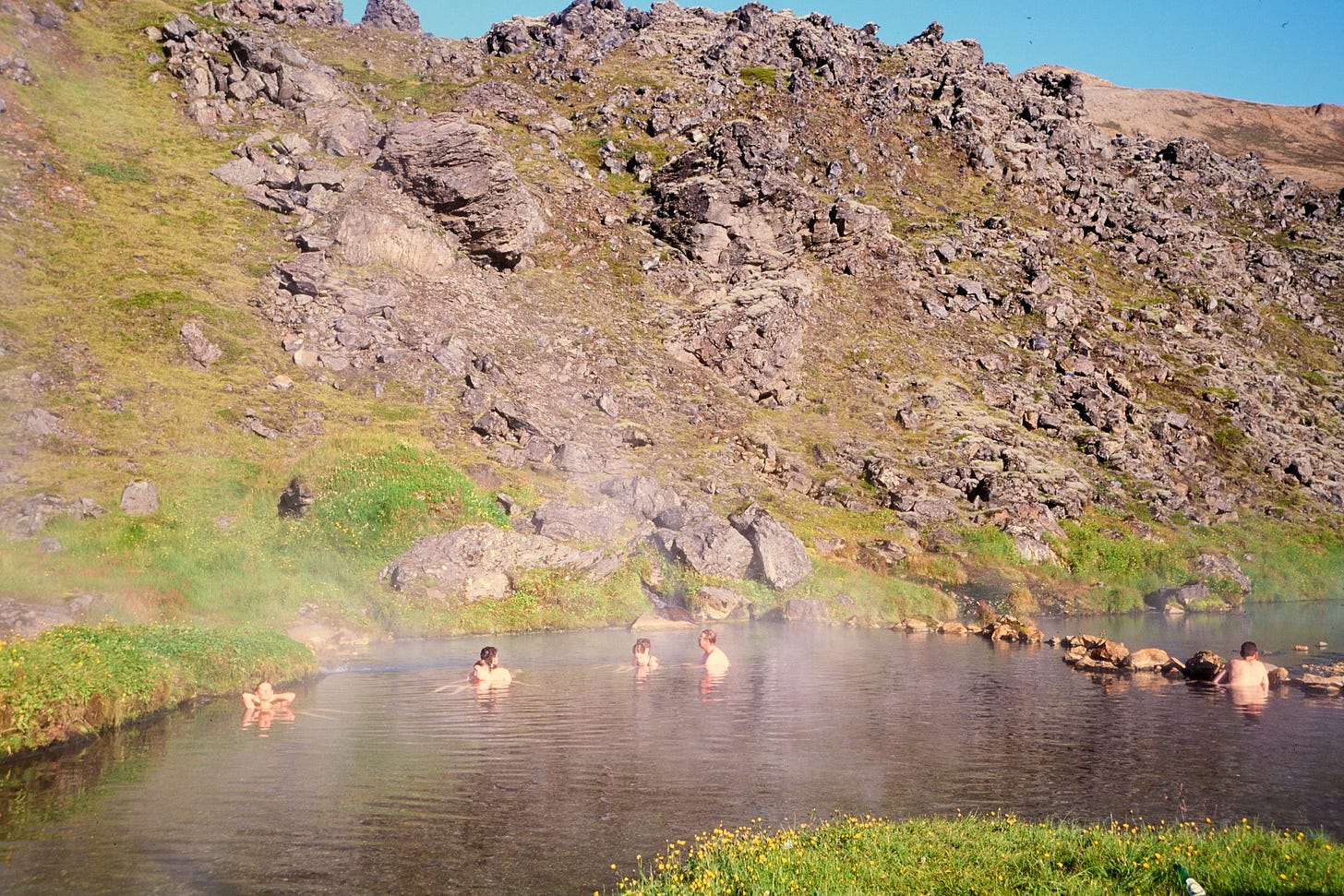

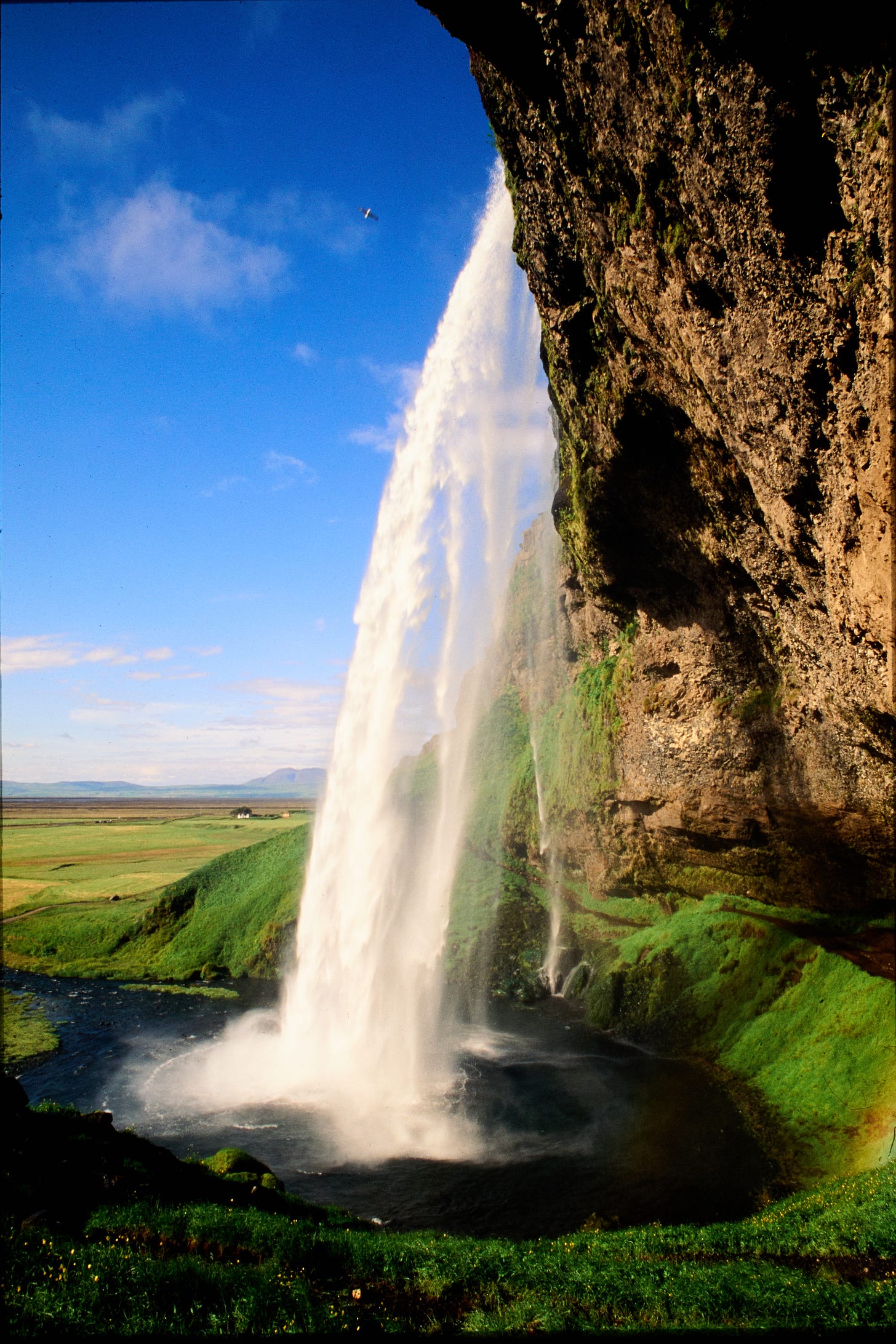
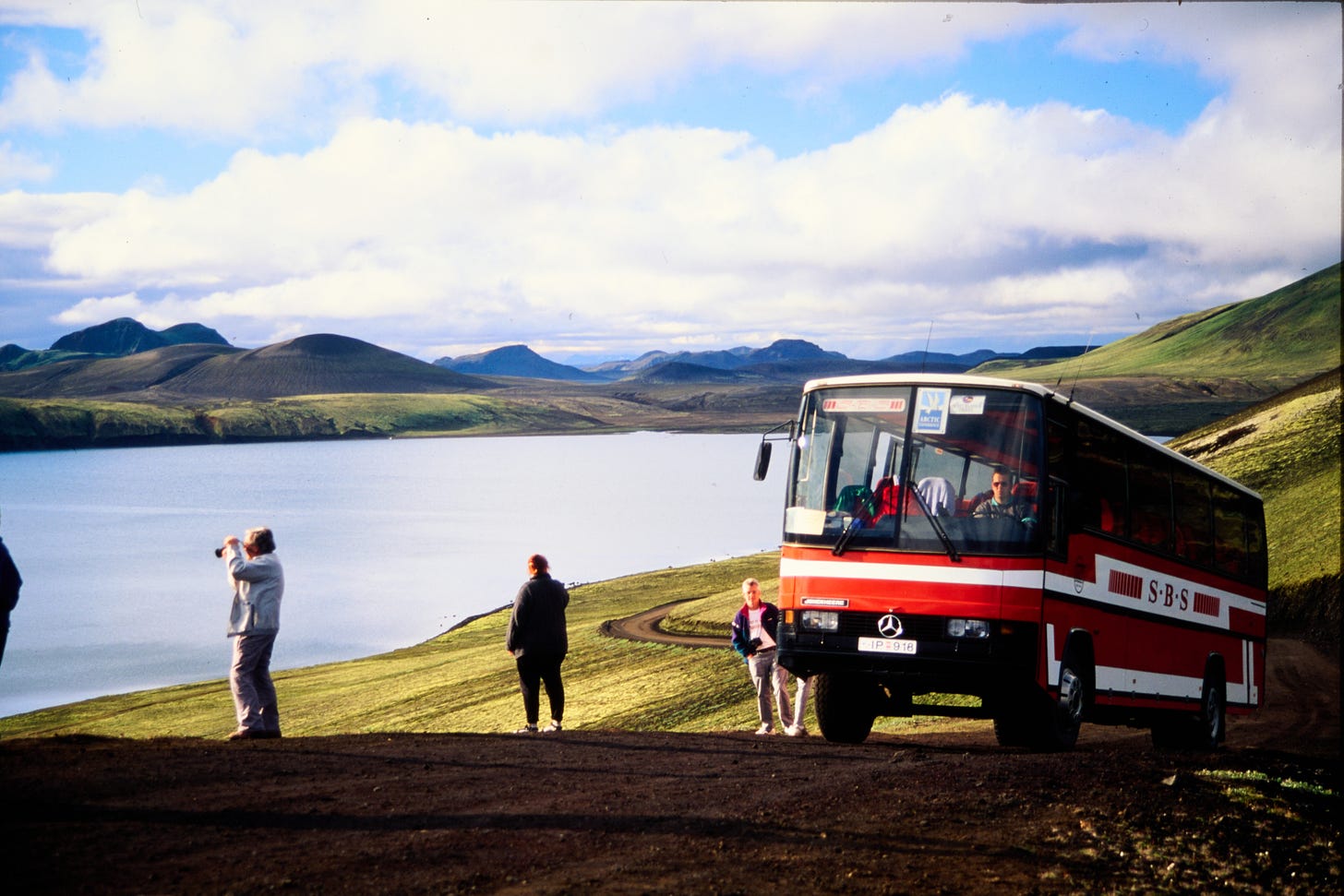


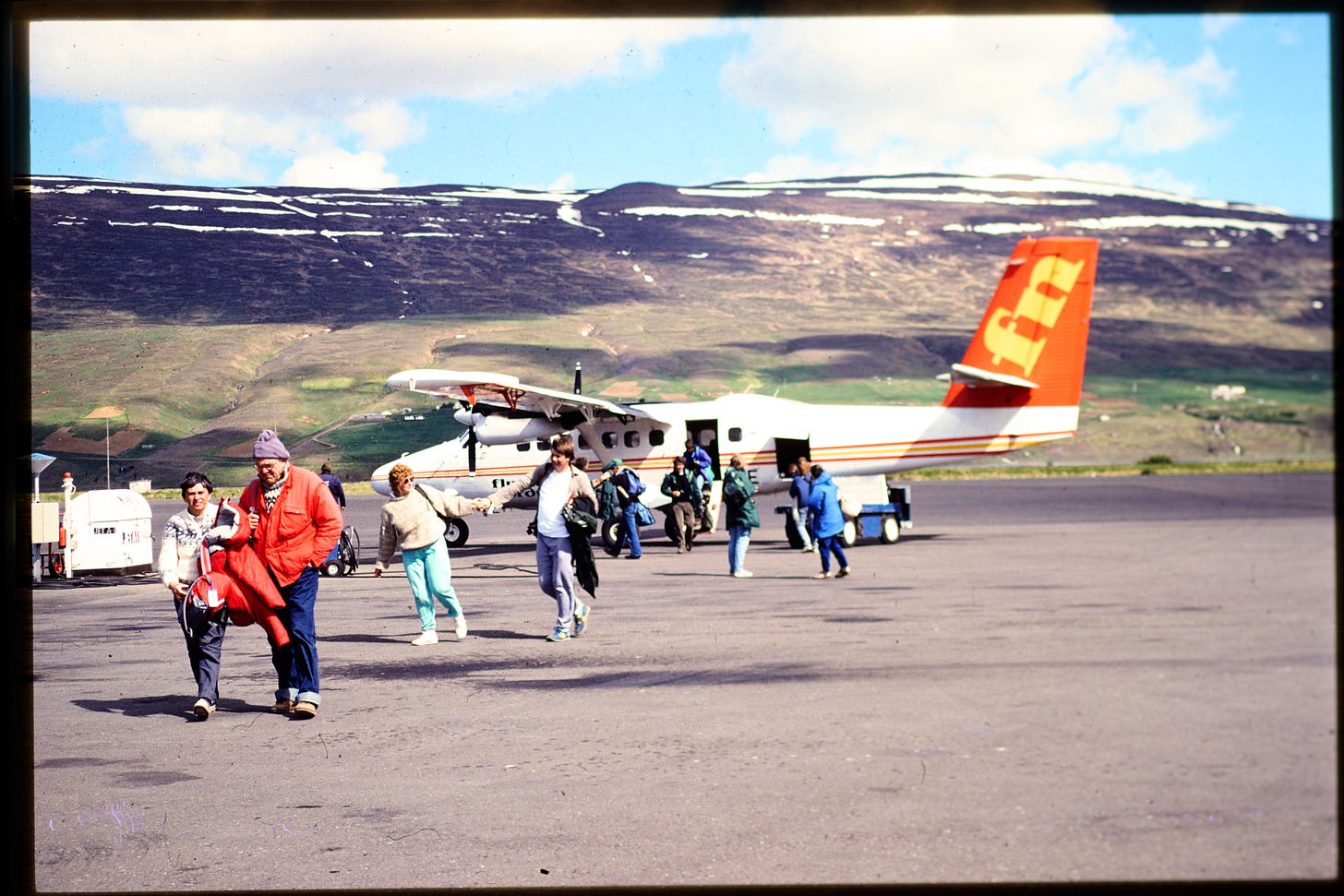
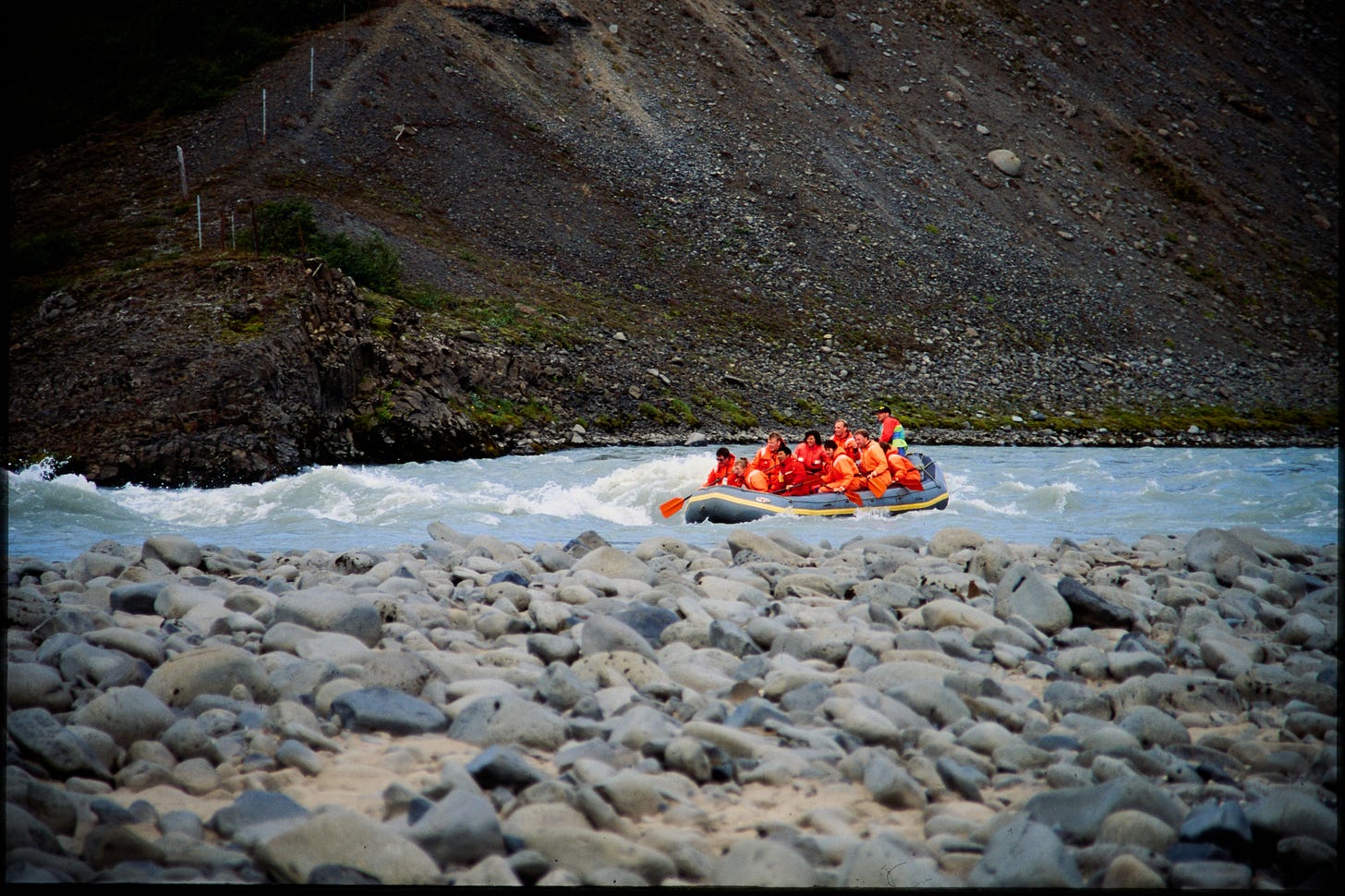
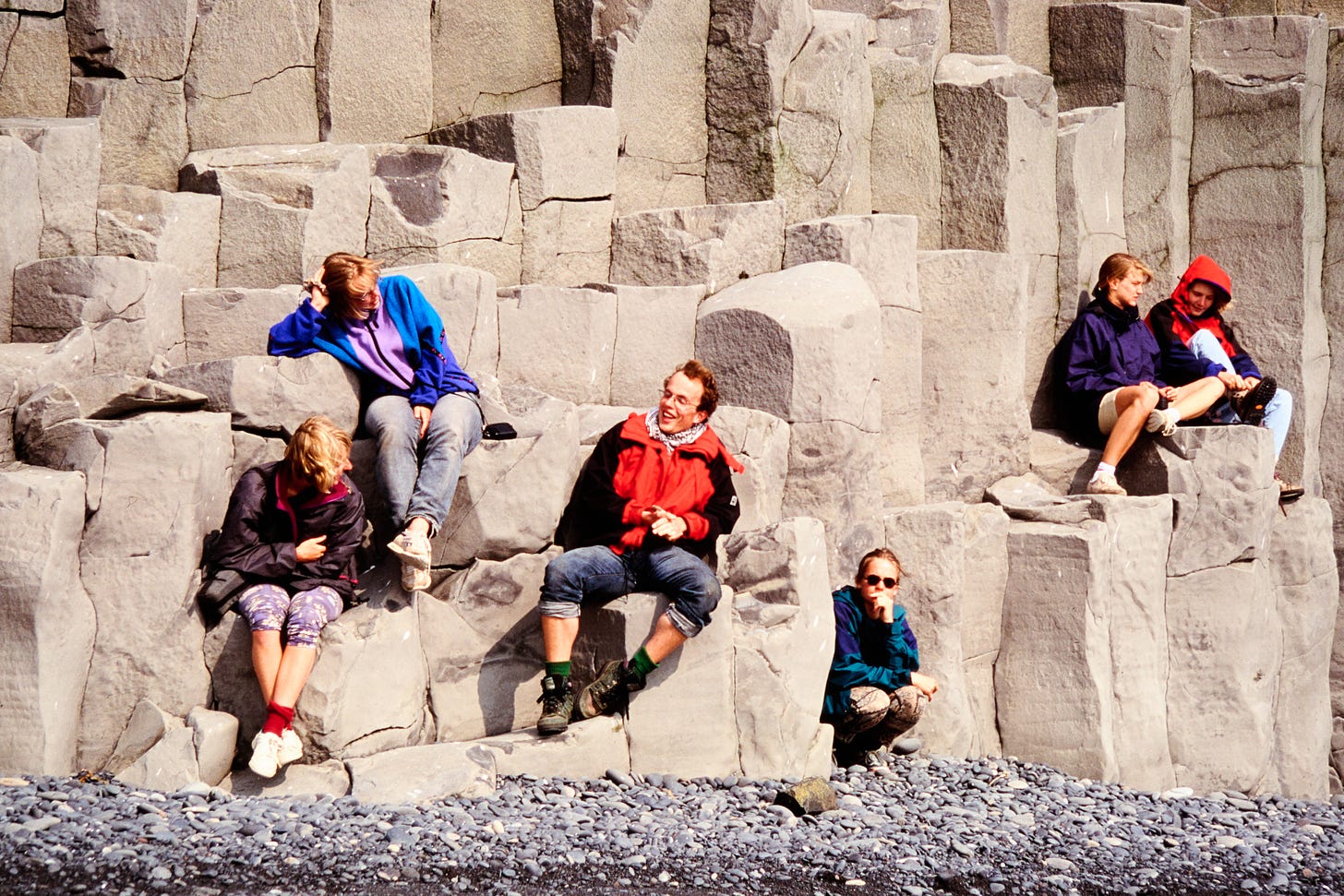
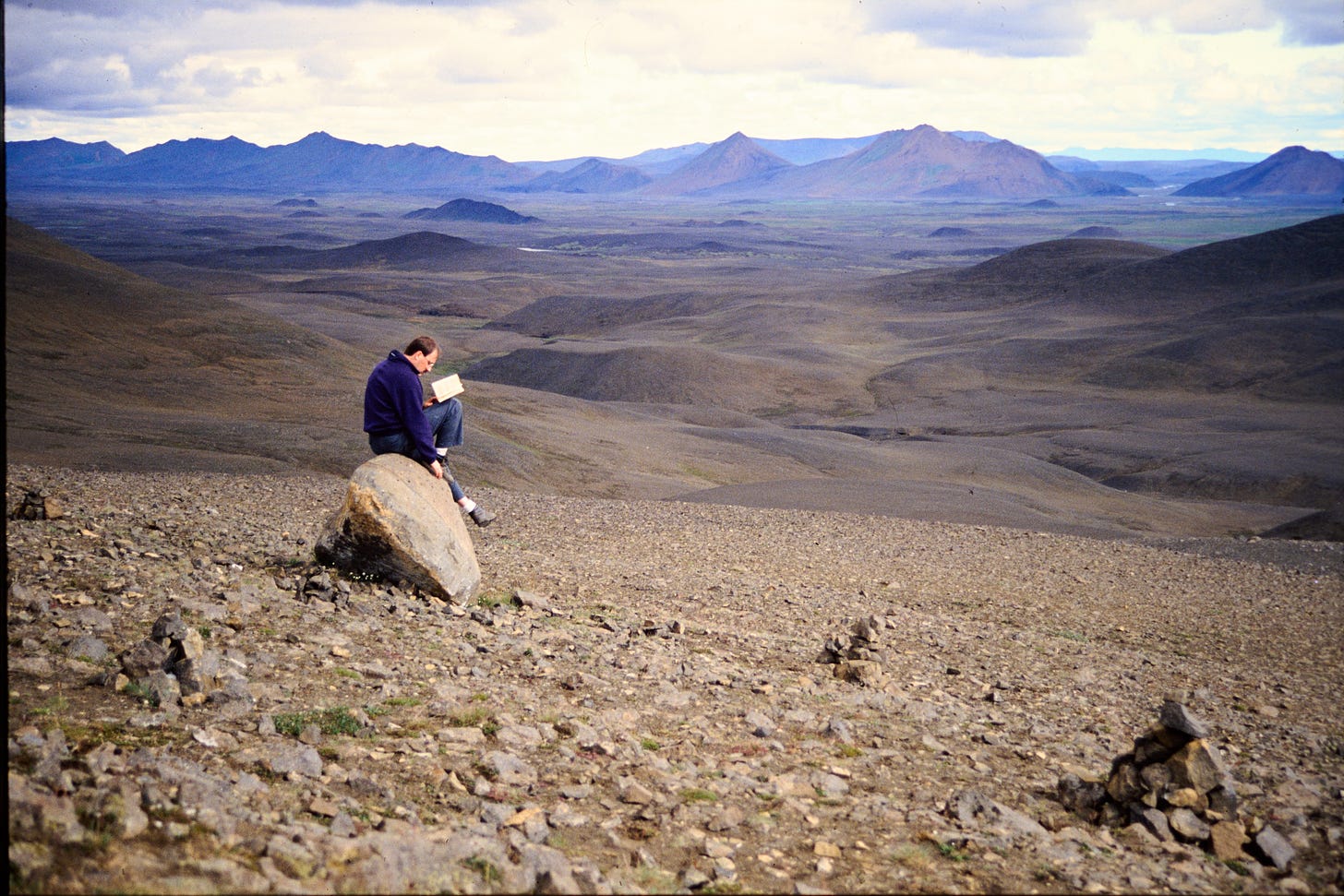

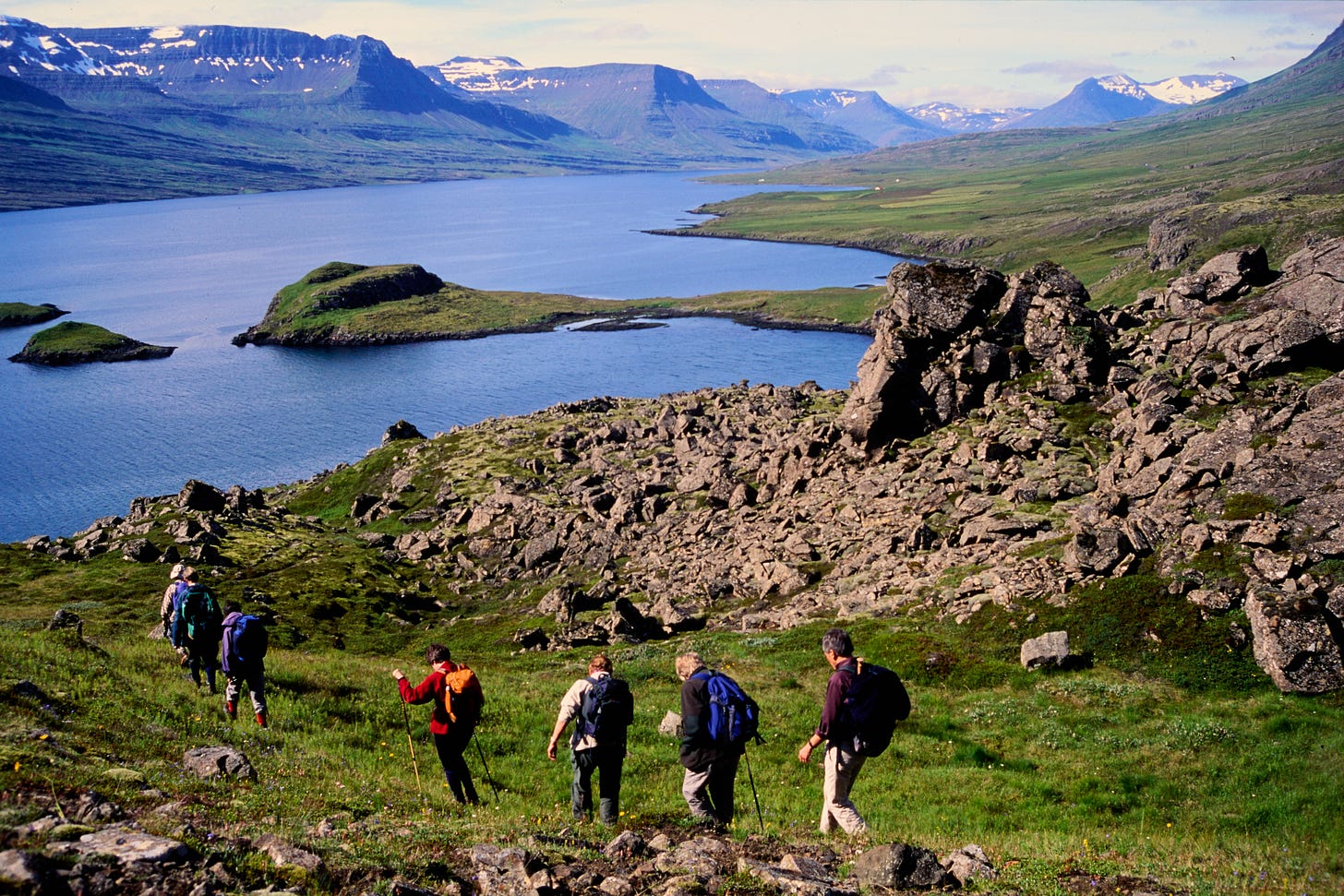

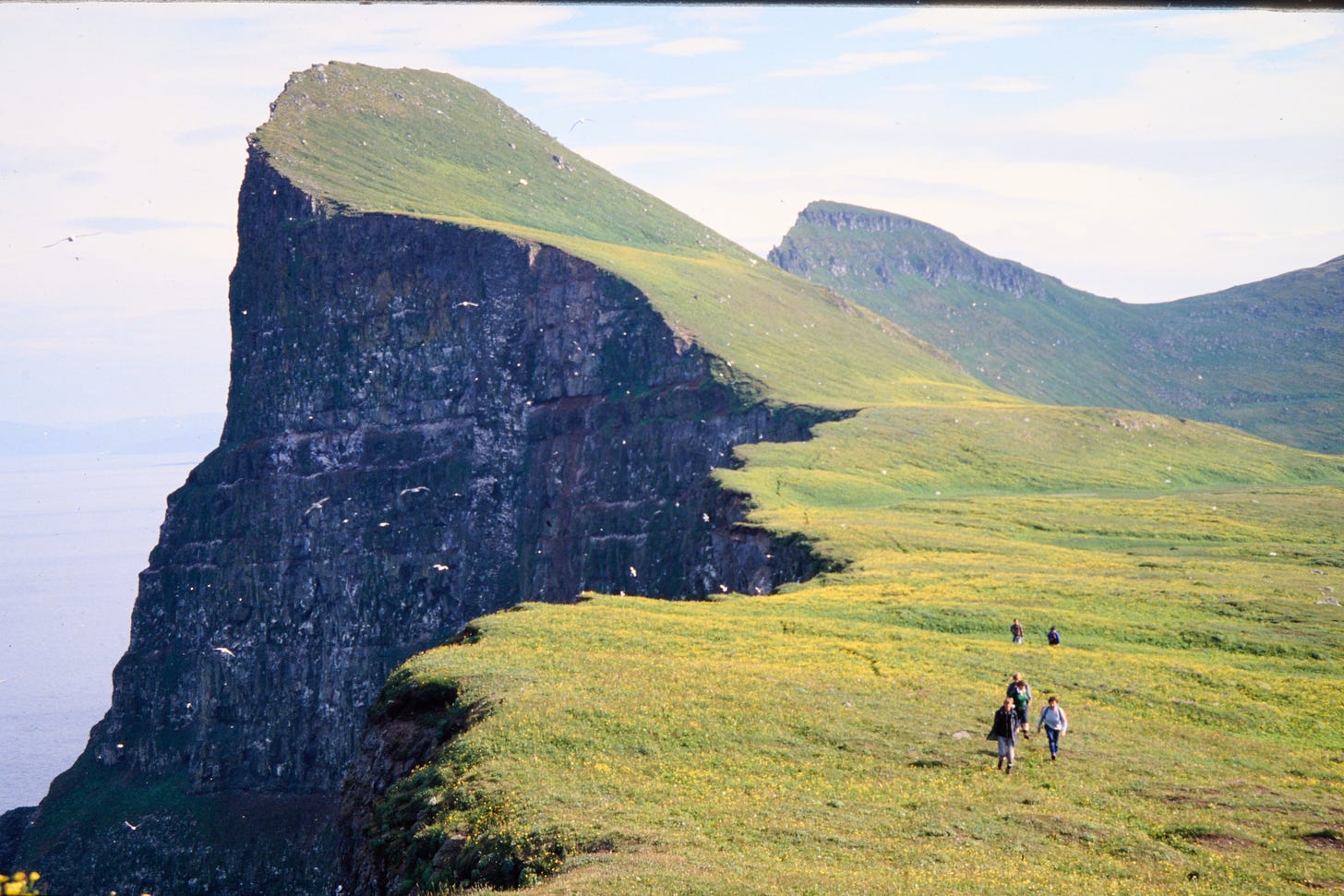
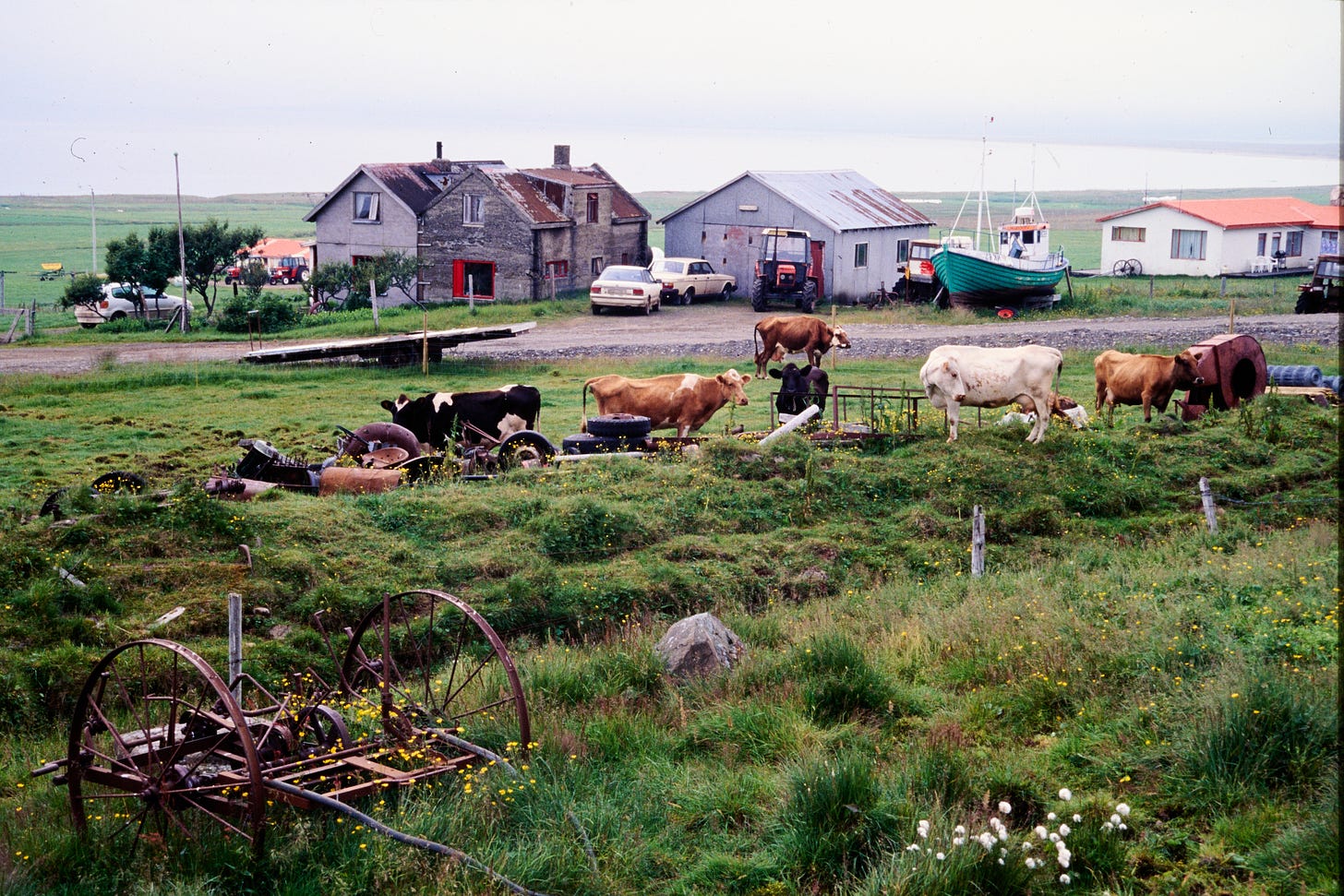



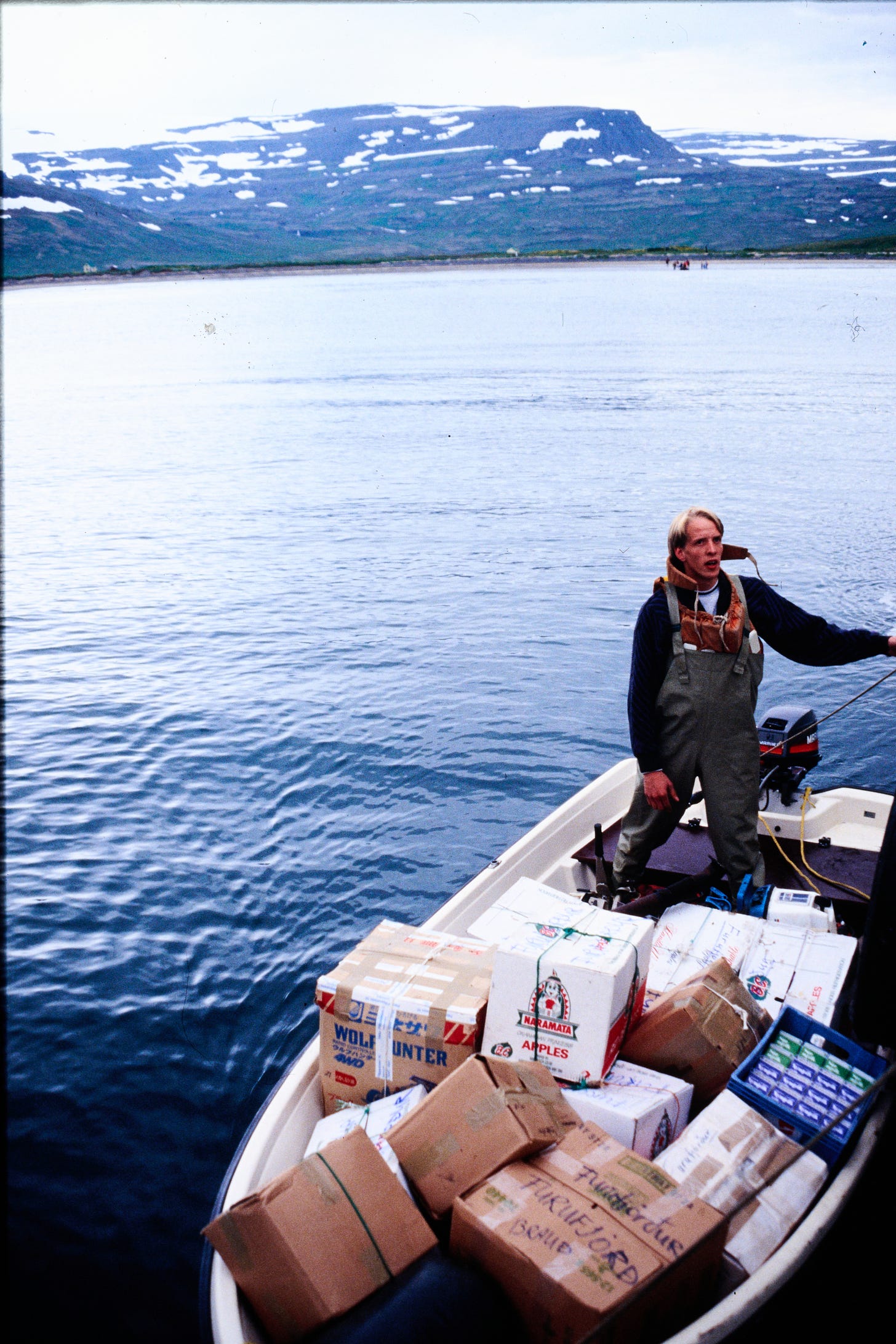
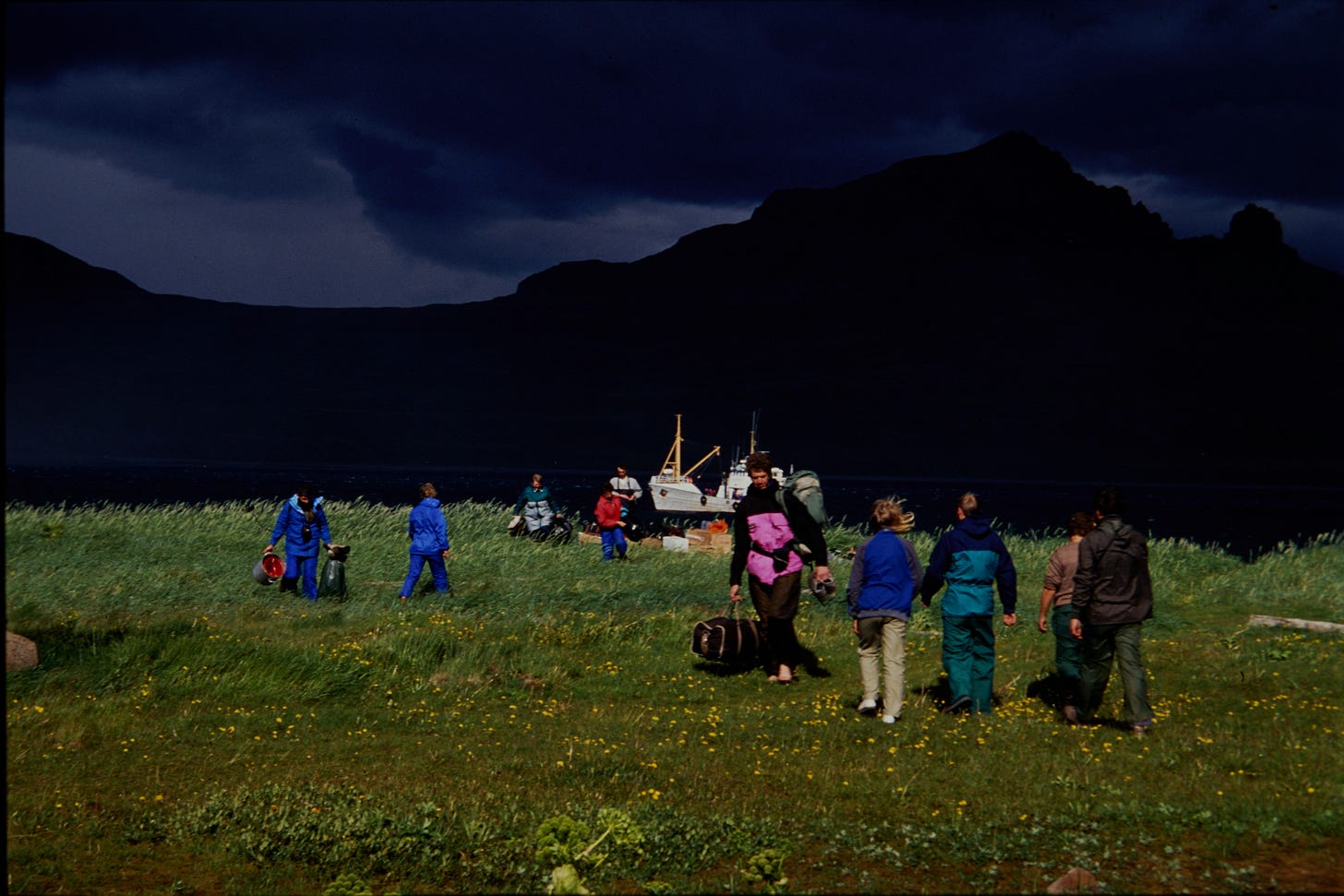


Wish I could have experienced Iceland like your mum (of course I’ve followed her on IG) - first became besotted when I was a teenager reading then watching Desmond Bagley’s Running Blind. Ended up in Australia instead. Managed to get there10 years ago just before the boom.
Your mum needs her own Substack she sounds really cool. Thank you for sharing these stories and memories with us. I really enjoyed this.